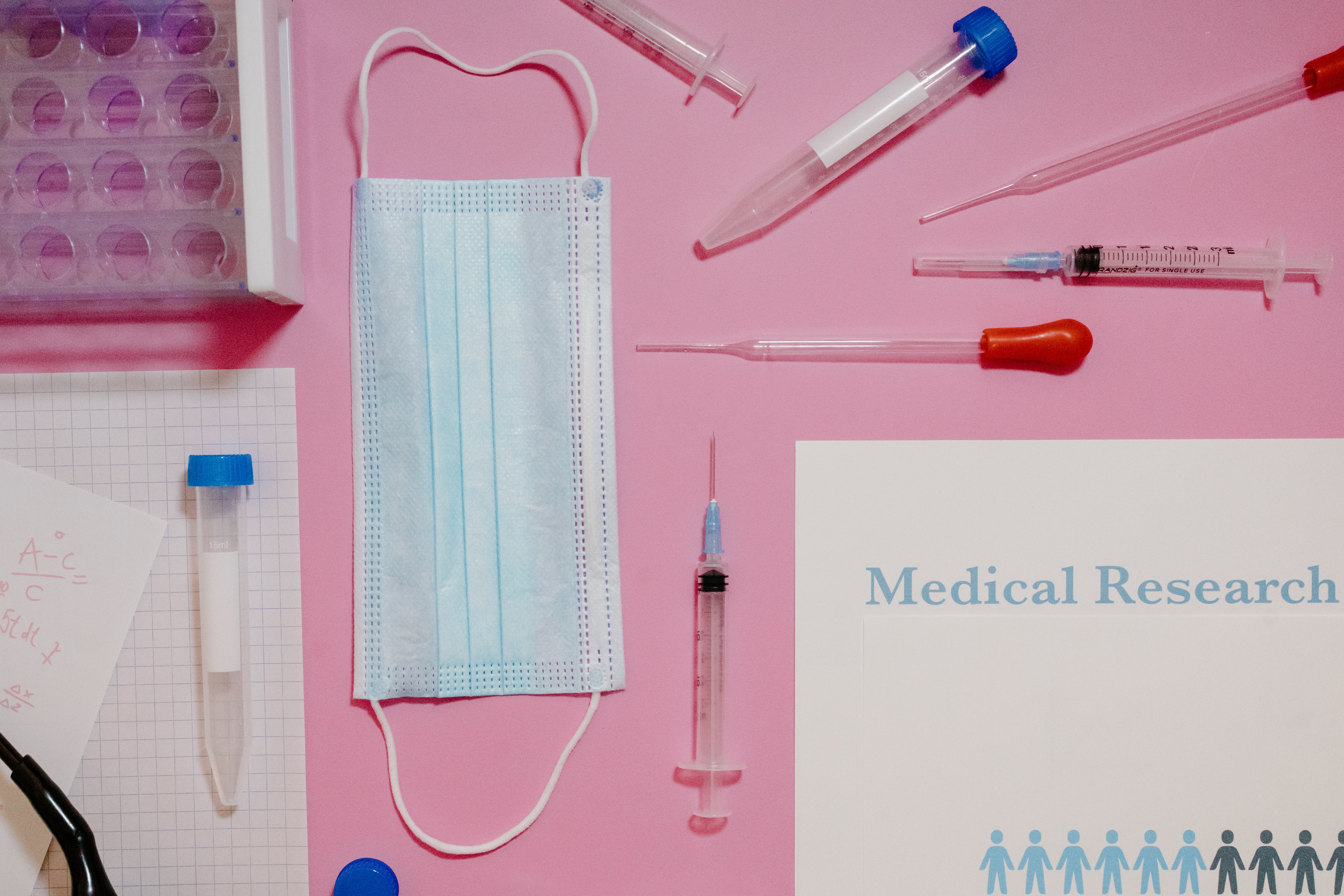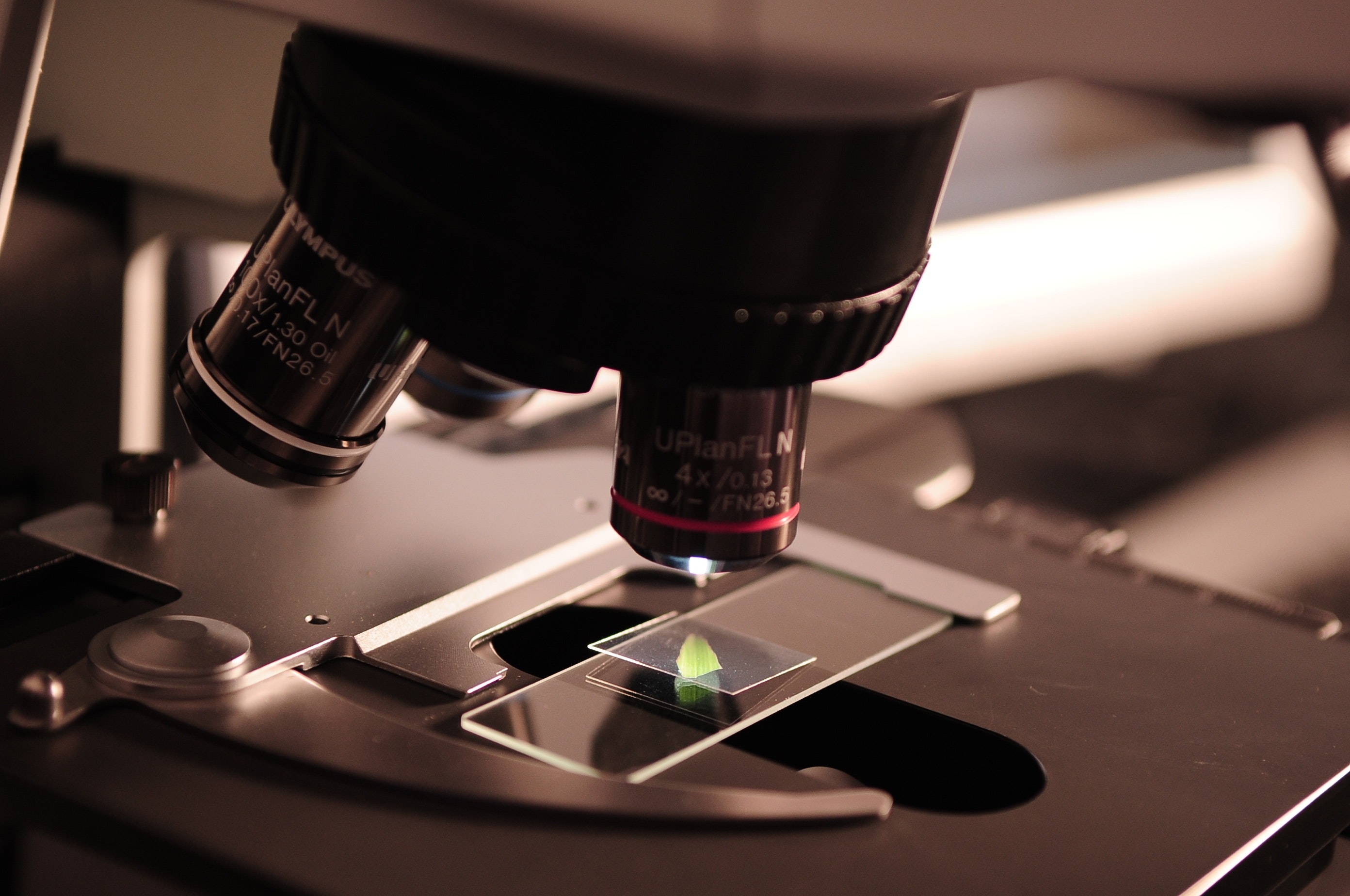Oral delivery of drugs has been a widely preferred mode of administration for decades and for good reason. It is convenient, non-invasive, and offers a high level of patient compliance. Over the years, oral drug delivery technology has undergone significant advancements, offering better pharmacokinetic profiles and increased bioavailability. In this article, we explore the evolution of oral delivery systems in the pharmaceutical industry and how they have transformed drug administration.
1. First Generation Oral Delivery Systems
The first generation of oral delivery systems included conventional dosage forms such as tablets and capsules. These systems are simple to manufacture, stable, and provide a predetermined dose. However, they may not be suitable for drugs that have poor solubility or are poorly absorbed. Therefore, conventional dosage forms needed to be complemented with other technologies to improve drug bioavailability.
2. Second Generation Oral Delivery Systems
The second generation of oral delivery systems incorporated new technologies that addressed the limitations of conventional dosage forms. For example, the use of cyclodextrins and other complexing agents improved the solubility and stability of drugs. Solid dispersion technologies, which enhance drug solubility and improve bioavailability, were also established. Additionally, liposome technology enabled the delivery of hydrophilic drugs into the bloodstream, bypassing the digestive tract.
3. Third Generation Oral Delivery Systems
The third generation of oral delivery systems involves targeted and controlled drug delivery. These advanced delivery systems improve drug absorption and release, making them suitable for drugs that require specific targeting. The development of micro and nanoparticles and targeted drug delivery systems paved the way for the development of personalized medicine. Drug-eluting stents, for example, can deliver drugs to specific areas of the body, such as the heart, for targeted therapy. Moreover, coatings on pills can control the rate of drug release in the body, making it easy to take the medication.
4. Fourth Generation Oral Delivery Systems
The fourth generation of oral delivery systems is currently in development and involves the use of smart drug delivery systems. The use of nanotechnology and microelectronics has enabled the creation of connected drug-delivery devices that can monitor and adjust drug-delivery rates as necessary. These systems have the potential to revolutionize the way we deliver drugs to patients, making therapy more precise and effective.
5. Challenges and Opportunities
The development of oral drug delivery systems presents its own unique challenges, particularly with the recent focus on personalized medicine. The cost of development and manufacturing is high, and regulatory processes must be navigated carefully. Nevertheless, oral delivery systems offer tremendous opportunities for the pharmaceutical industry. They provide a convenient, non-invasive, and reliable mode of drug administration for patients worldwide, and as technology advances, the potential for personalization and precision medicine continues to grow.
Oral drug delivery systems have come a long way, with advancements in technology enabling improved pharmacokinetics and bioavailability. As we move forward, the opportunity for targeted and personalized medicine presents itself, providing an exciting path for the future of pharmaceuticals. With careful consideration of regulatory processes and manufacturing costs, the possibilities of oral drug delivery systems are limitless. The pharmaceutical industry is moving in a bold new direction, and with the evolution of these cutting-edge drug delivery systems, patients worldwide will benefit from more effective and personalized medicine.






